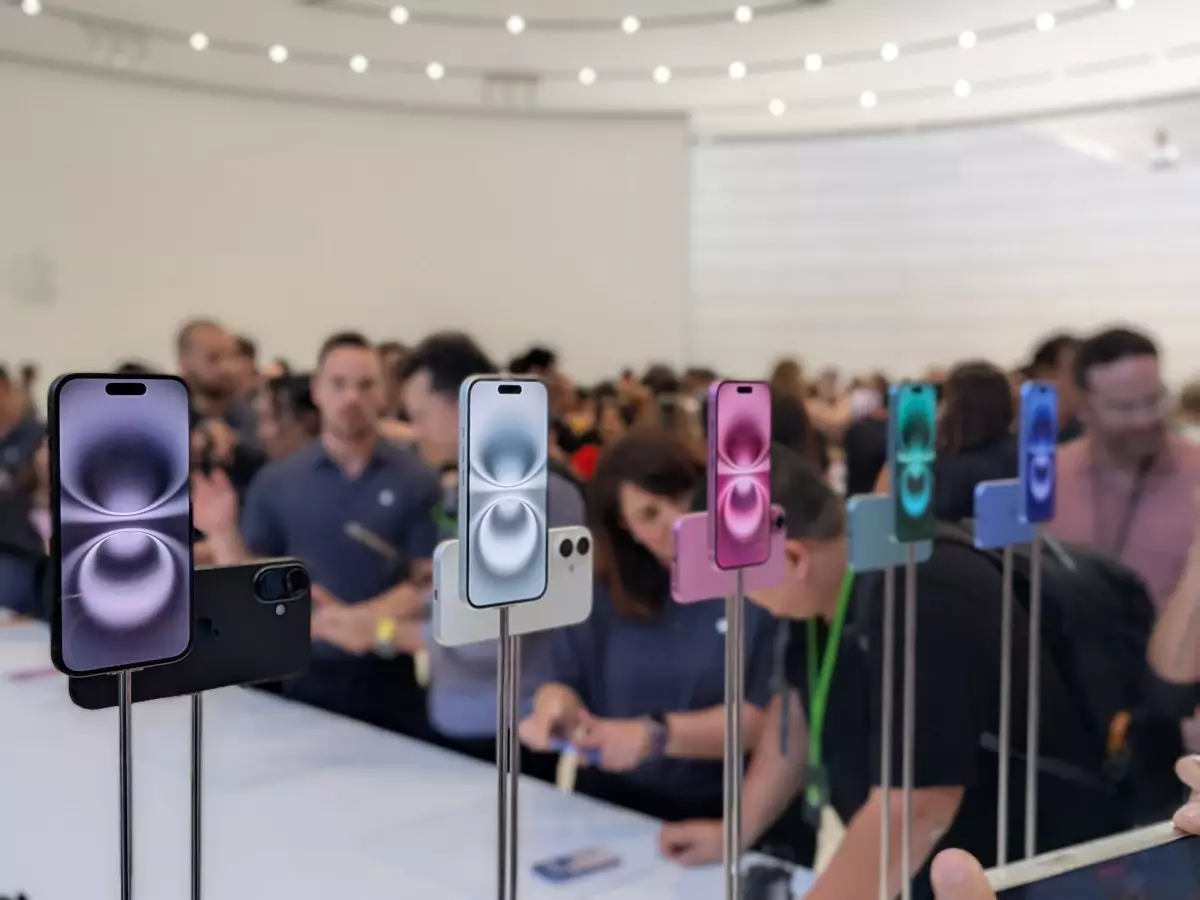Apple’s recent “Glowtime” event showcased a plethora of exciting new hardware features for the iPhone 16 lineup, yet conspicuously absent was any discussion on the issue of repairability. Over the years, the right to repair movement has gained substantial traction, advocating for consumer accessibility to device repairs and sustainability through easier fixes. The omission of this topic during such a significant unveiling felt not only strange but also indicative of the ongoing friction between manufacturers and consumers regarding repair rights.
Upon further exploration, it becomes clear that despite the lack of explicit mention during the event, the new features in iPhone 16 models indicate a shift toward enhanced repairability. The introduction of a new adhesive design capable of being dismantled with low voltage from a 9-volt battery is perhaps the most groundbreaking improvement. In smartphone design, glue often poses significant challenges for DIY repair enthusiasts, essentially locking down components and complicating the repair process. With thinner devices trending, manufacturers, particularly Apple, have increasingly relied on adhesive over screws, complicating repairs.
This innovative adhesive model paves the way for smoother repairs, particularly pertaining to battery replacements. However, it’s crucial to note that while this feature is available on the iPhone 16 and 16 Plus, it has not been extended to the Pro models. This inconsistency raises questions about whether Apple is genuinely prioritizing user repair options across its entire product range or merely catering to specific market segments.
Another significant stride toward repairability is the rearchitected interior of iPhone 16 models, which promises improved access to various internal components. Notably, the LiDAR Scanner and TrueDepth Camera now allow independent service without restrictive tethering to a Mac. These updates signal a paradigm shift wherein Apple appears to acknowledge the importance of accessibility when it comes to servicing vital parts of their devices.
Yet, this is a double-edged sword. While these advancements enhance the repair experience, they may also serve to deepen the reliance on Apple’s Repair Assistant. This system is set to aid both professional technicians and everyday consumers in calibrating components post-repair—likely tied closely to Apple’s “parts pairing” policy. This could potentially limit third-party repairs and maintain Apple’s control over the repair ecosystem, leaving some questions unanswered about the overall long-term implications for consumer rights.
Apple’s iPhone 16 advancements present an interesting juncture where convenience meets consumer rights. The improvements made for specific models hint at a gradual shift towards better repair accessibility but also underscore the company’s complex relationship with the right-to-repair movement. While these updates demonstrate a willingness to adapt, the reluctance to fully embrace repairability across all models suggests a cautious approach. As consumers continue advocating for their right to repair, the coming years will reveal whether Apple’s changes are a genuine shift in philosophy or merely a strategic response to external pressures. The ongoing dialogue surrounding device repairability is far from complete, and its outcomes will resonate through the tech industry’s future.

